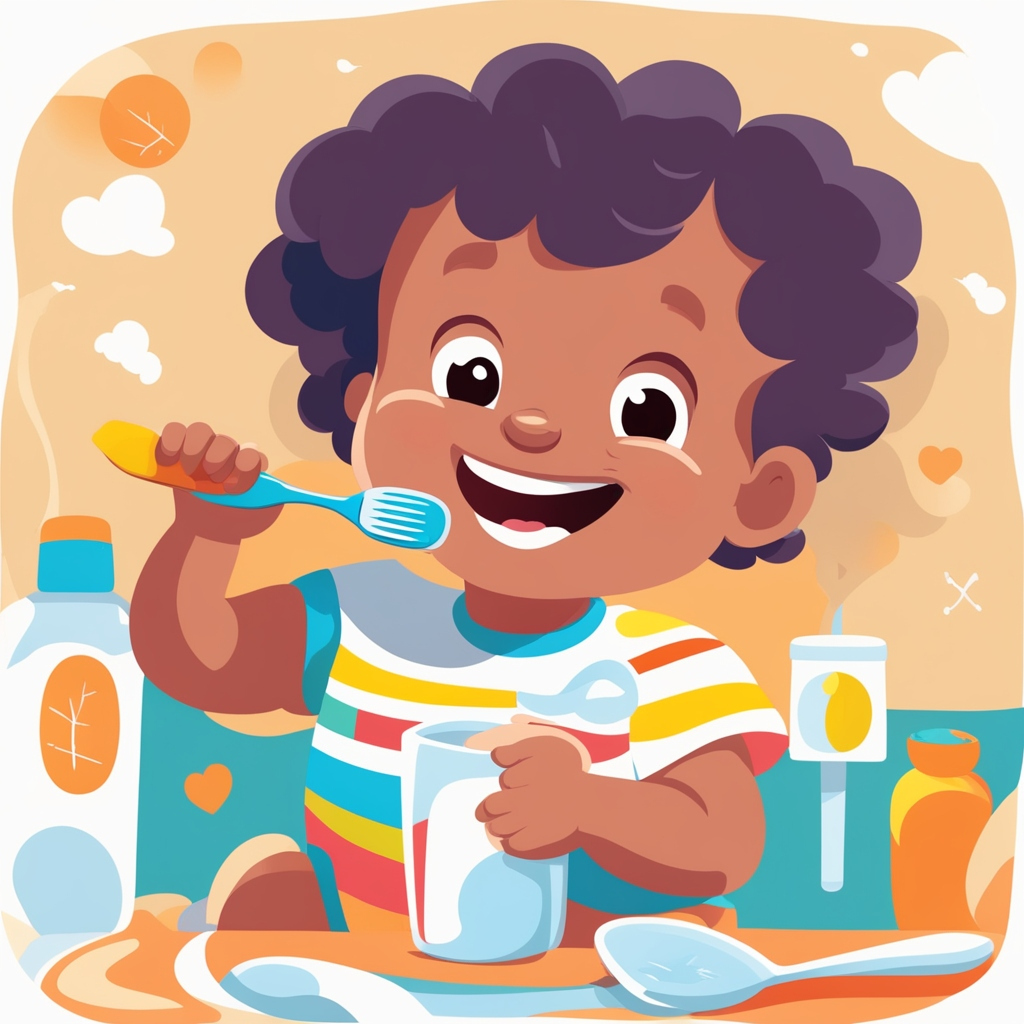As parents, one of our responsibilities is to teach our toddlers important life skills, including proper hygiene. Understanding and practicing good hygiene habits from an early age is essential for the overall health and well-being of our children. Teaching toddlers about hygiene may seem like a daunting task, but with a few simple strategies, it can be an enjoyable and effective learning experience for both parent and child.
Understanding the Importance of Hygiene
Before diving into the specifics of teaching hygiene to toddlers, it’s essential to explain why hygiene is important. Breaking down the concept into age-appropriate language and examples can help toddlers grasp the significance of cleanliness. Simple explanations like “cleaning helps keep us healthy” and “we wash our hands to get rid of germs” can lay the foundation for understanding.

Lead by Example
Children often learn by observing and imitating their parents or caregivers. Therefore, it is crucial for adults to lead by example and demonstrate good hygiene practices themselves. Toddlers tend to mimic what they see, so incorporating hygienic habits into your daily routine will greatly influence their behavior and mindset.
Handwashing is an excellent example of a hygienic habit that parents can demonstrate consistently. Washing your hands before meals, after using the restroom, or when coming home from outside will help your child understand that hand hygiene is a vital part of daily life.
Make It Fun and Engaging
Learning about hygiene doesn’t have to be boring for toddlers. Infusing the process with creativity and playfulness can make it more enjoyable for everyone involved. Here are some ideas to make hygiene practices fun:
Songs and Rhymes: Create simple songs or rhymes related to brushing teeth, washing hands, or taking a bath. Singing these tunes during practical hygiene routines can make them more engaging and entertaining.
Storytelling: Read age-appropriate books that highlight good hygiene habits or feature characters who prioritize cleanliness. Storytelling can help toddlers understand the importance of hygiene while keeping them entertained.
Visual Aids: Use colorful posters, charts, or pictures to illustrate different hygiene practices. Visual aids can serve as a helpful reminder and make it easier for toddlers to remember the steps involved in maintaining proper hygiene.
Making Basic Hygiene Practices Part of the Routine
To instill good hygiene habits in toddlers, it’s essential to make them a part of their daily routine. Regular repetition and consistency will help establish hygiene practices as automatic and non-negotiable activities. Here are a few key areas to focus on:
Handwashing: Teach toddlers to wash their hands with soap and warm water before meals, after using the restroom, and after coming in contact with any potentially germy objects or surfaces. Encourage them to lather their hands for at least 20 seconds and rinse thoroughly.
Oral Care: Introduce toddlers to tooth brushing by using a soft-bristled toothbrush and a pea-sized amount of fluoride toothpaste. Demonstrate proper brushing techniques and supervise them until they can do it independently. Encourage regular brushing at least twice a day, and consider making it a fun activity by using themed toothbrushes or playing their favorite music during brushing time.
Bathing: Establish a bathing routine for your toddler, ideally at the same time each day or as needed. Make sure the water is warm and comfortable, and use mild, child-friendly bath products. Encourage washing areas prone to sweat or dirt buildup, including the face, hands, armpits, and genital area, using gentle motions.
Practicing Germ Control
In addition to teaching basic hygiene practices, it’s important to educate toddlers about the importance of germ control. While some exposure to germs is beneficial for the development of a strong immune system, instilling hygienic practices can help minimize the risk of infections and illnesses. Here are a few ways to address germ control with toddlers:
Covering Coughs and Sneezes: Teach toddlers to cover their mouth and nose with a tissue or their elbow when coughing or sneezing. Encourage them to dispose of used tissues immediately and wash their hands afterwards.
Avoiding Sharing Personal Items: Explain to toddlers that sharing personal items like toothbrushes, cups, or utensils can spread germs. Encourage them to use their own items and explain the importance of respecting personal boundaries when it comes to hygiene.
Regular Cleaning of Toys: Teach toddlers about the need to clean their toys regularly, especially if they have been shared with others or touched by dirty hands. Demonstrate how to wipe down toys with child-safe disinfectant wipes or by washing them with mild soap and water.